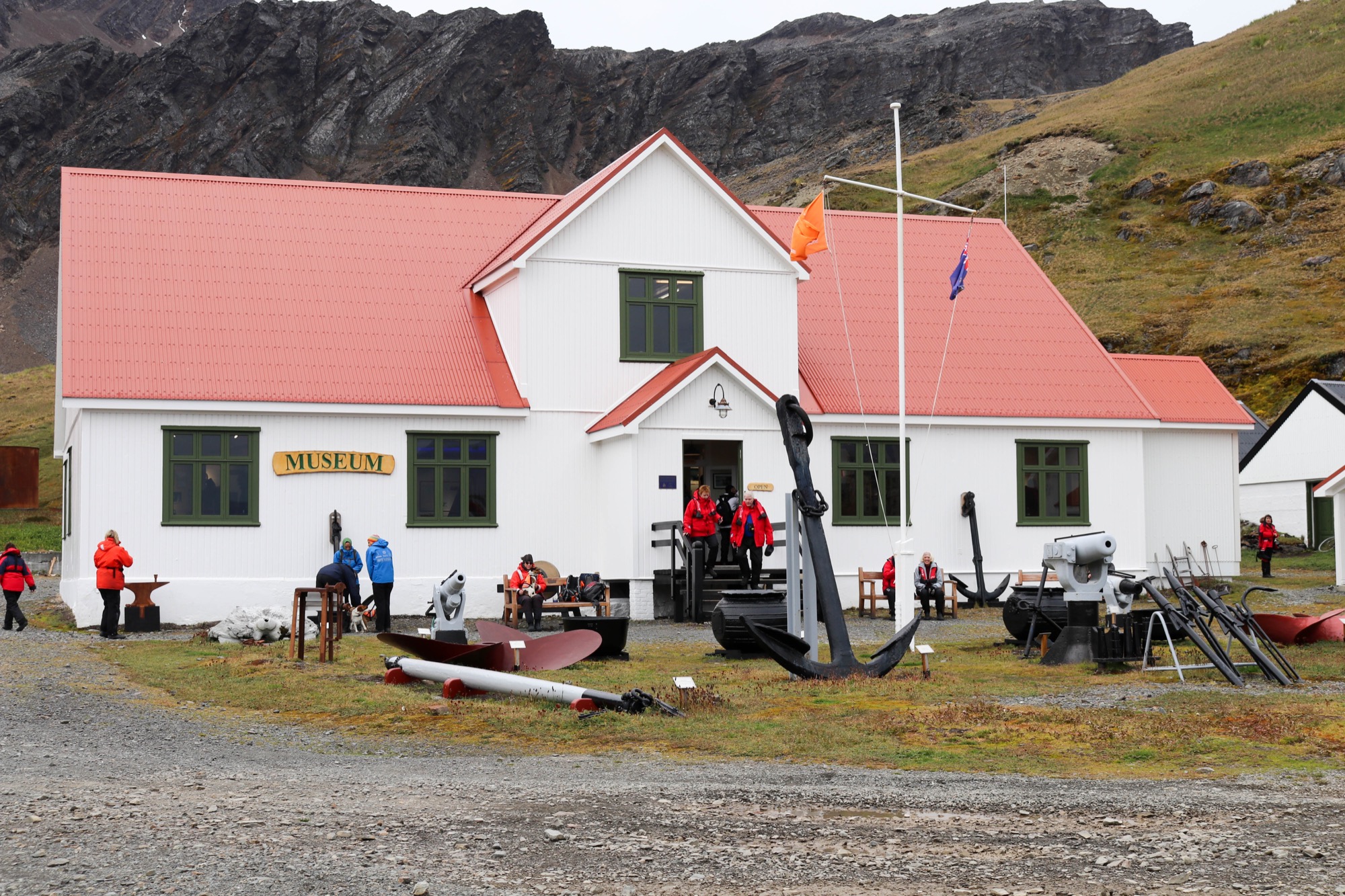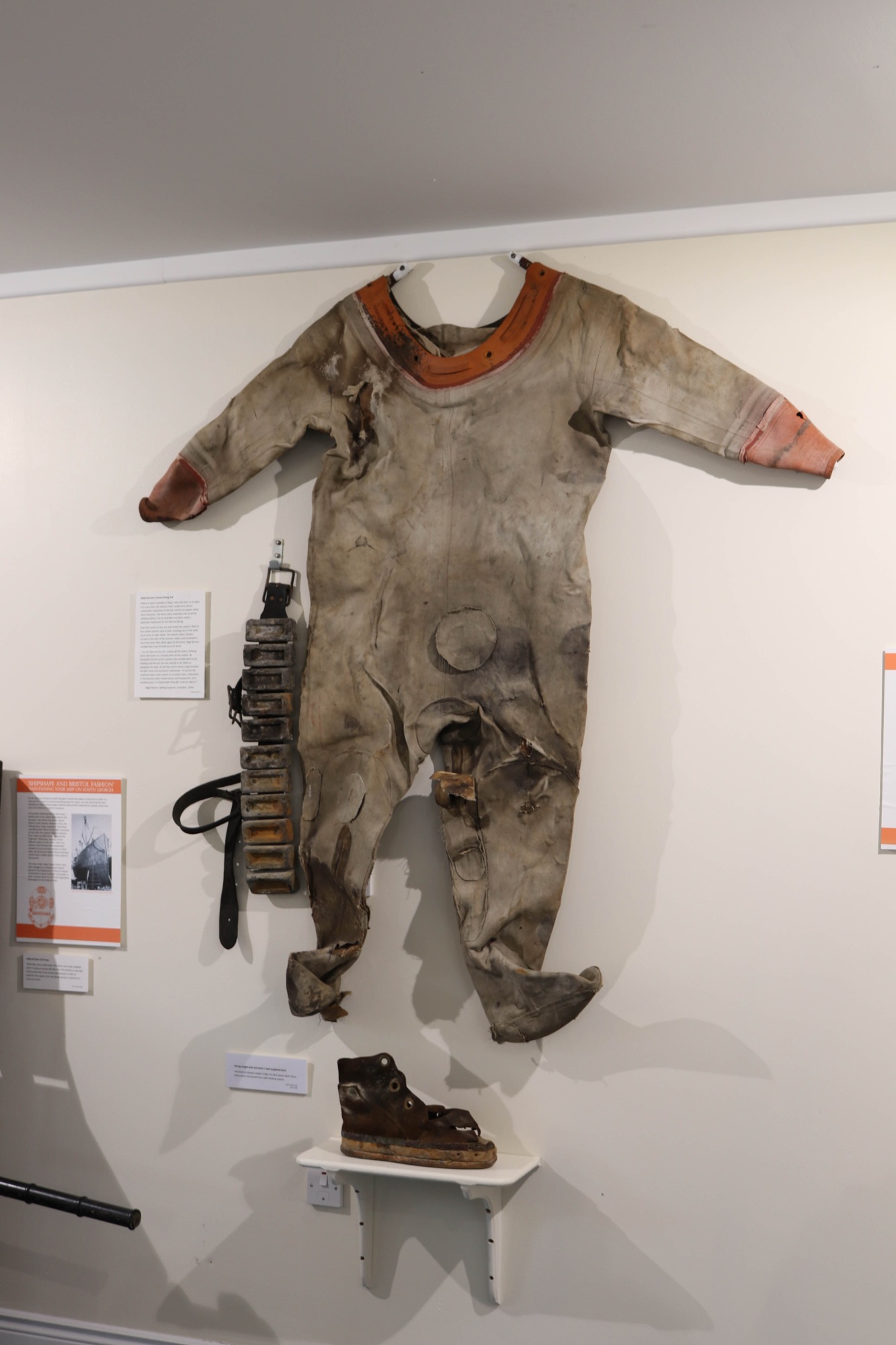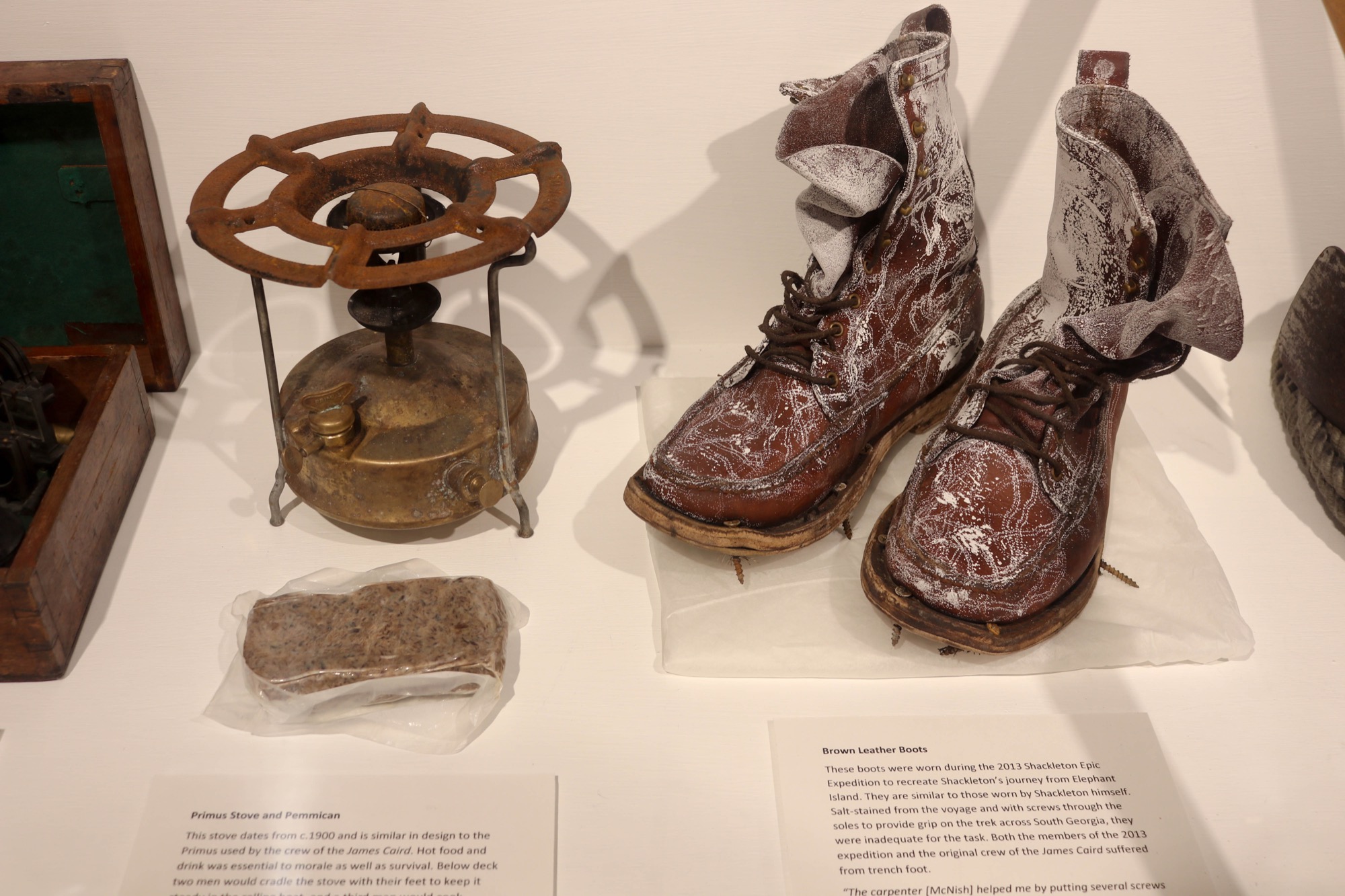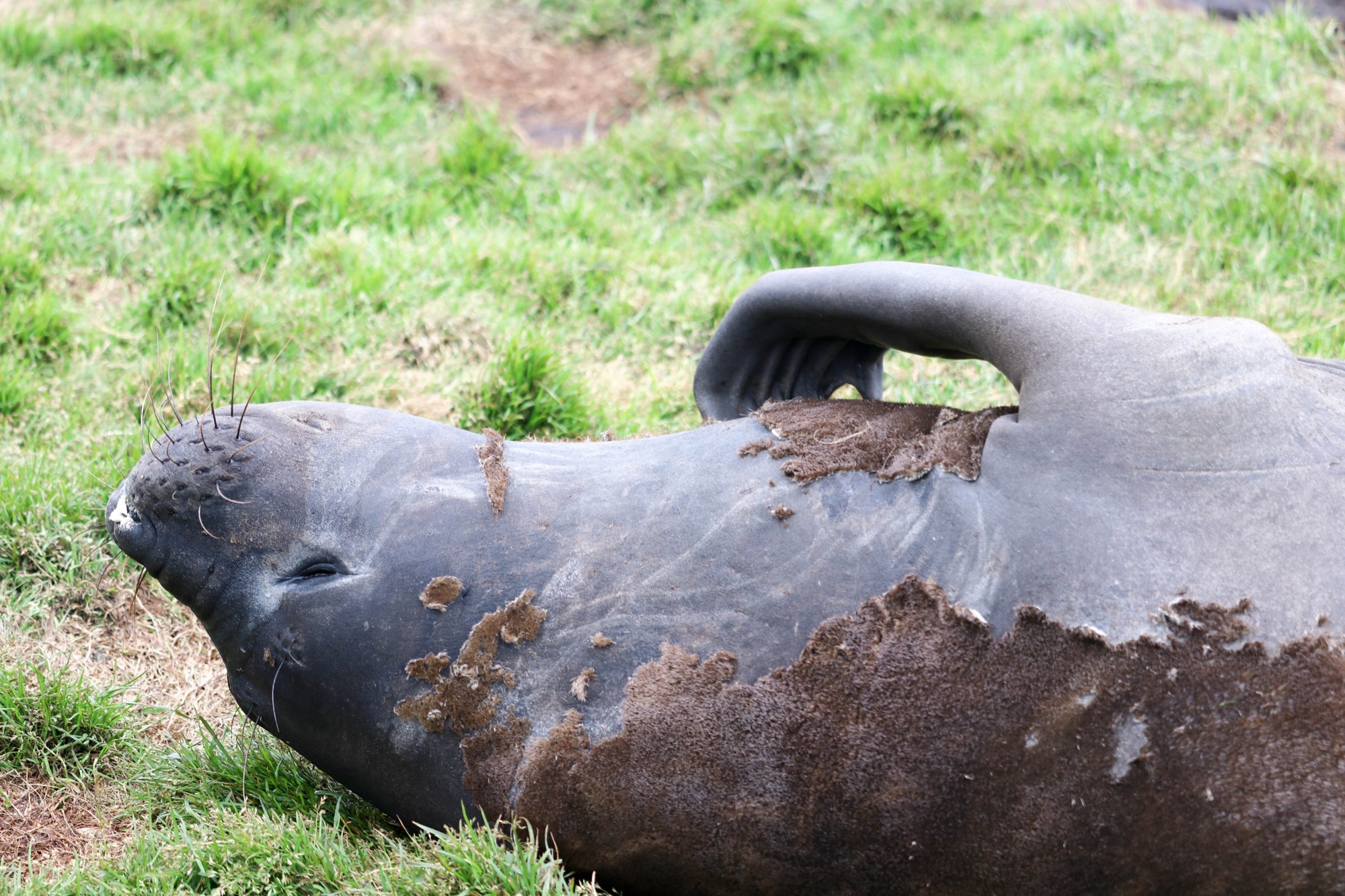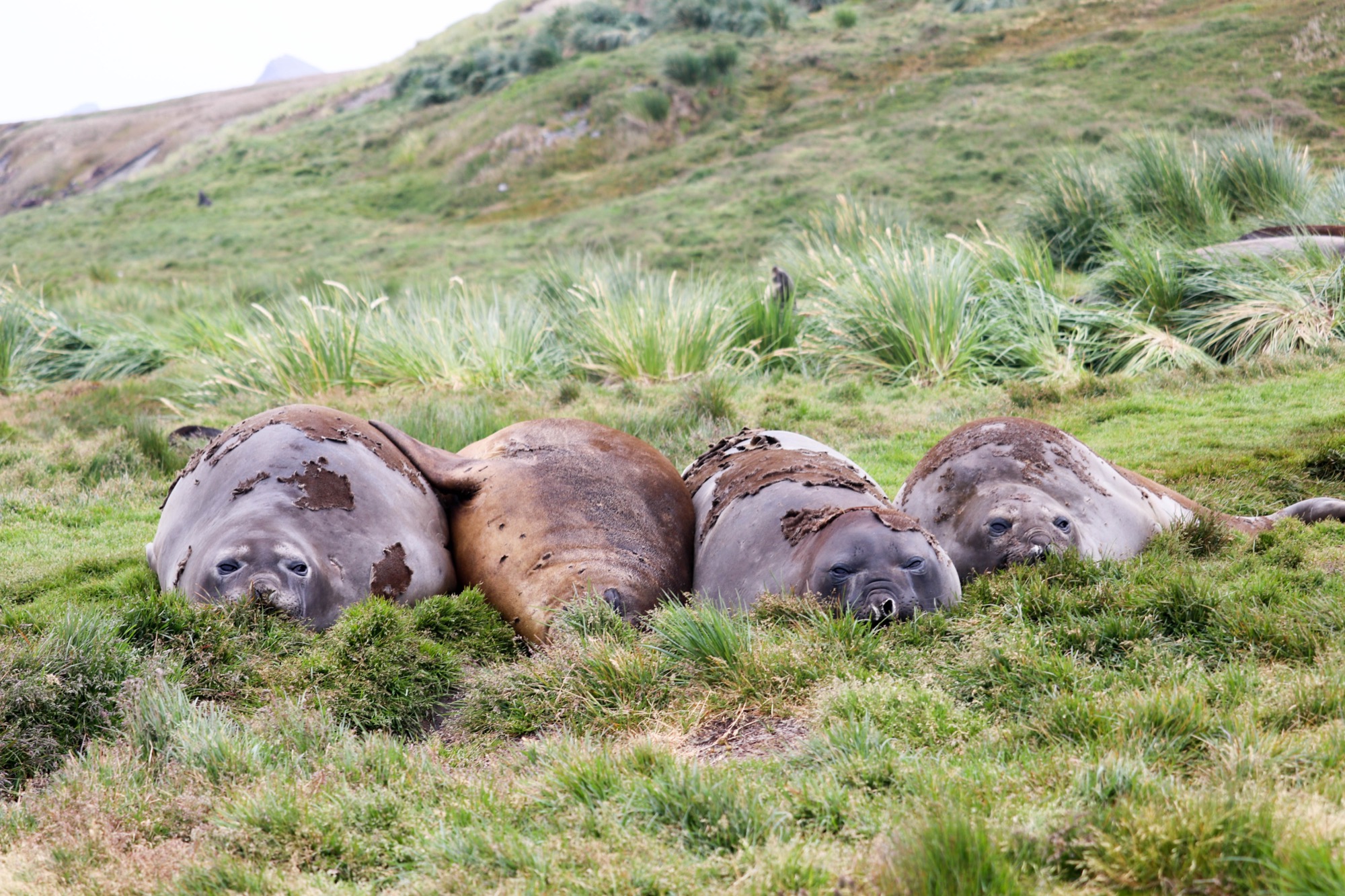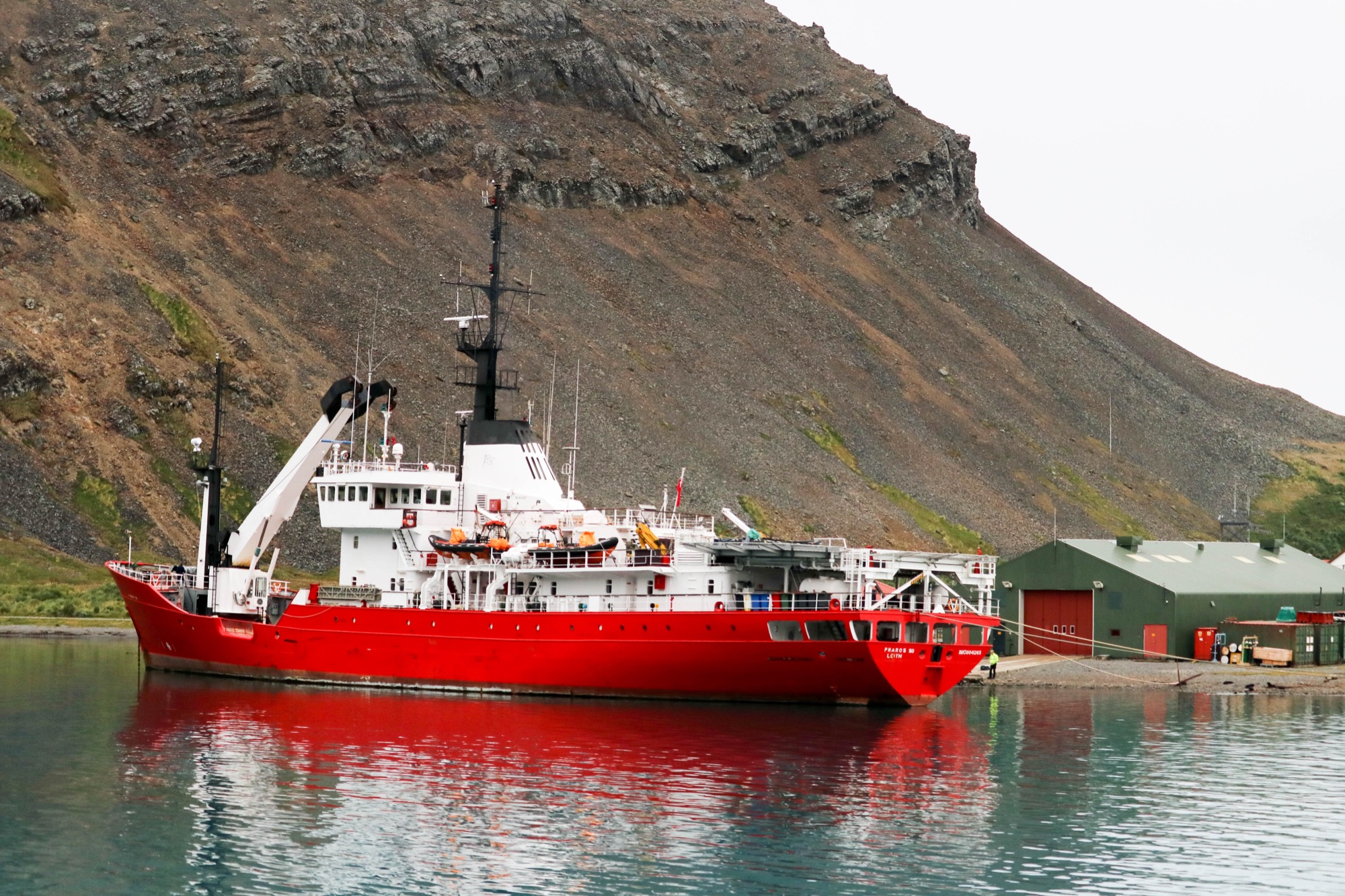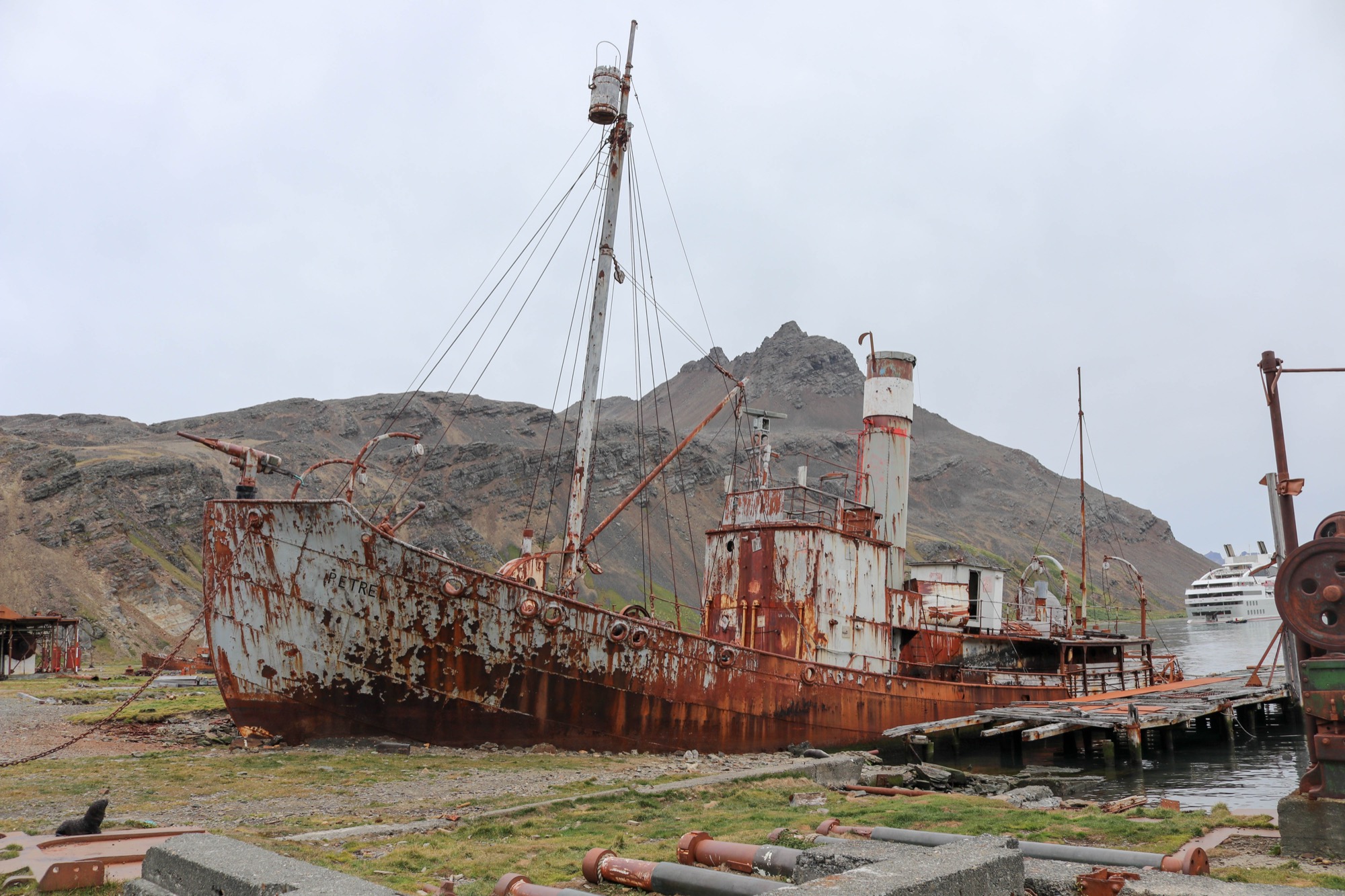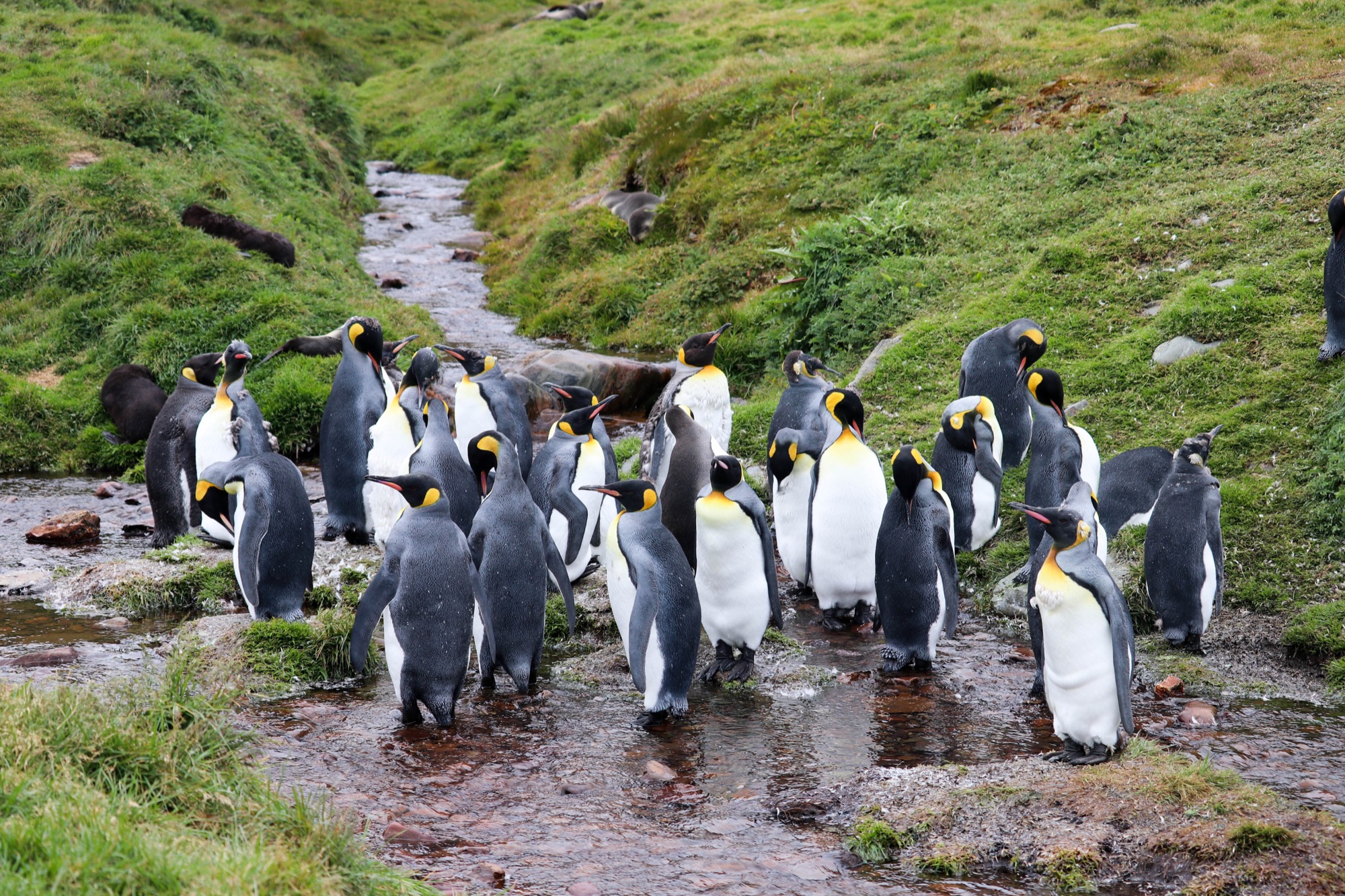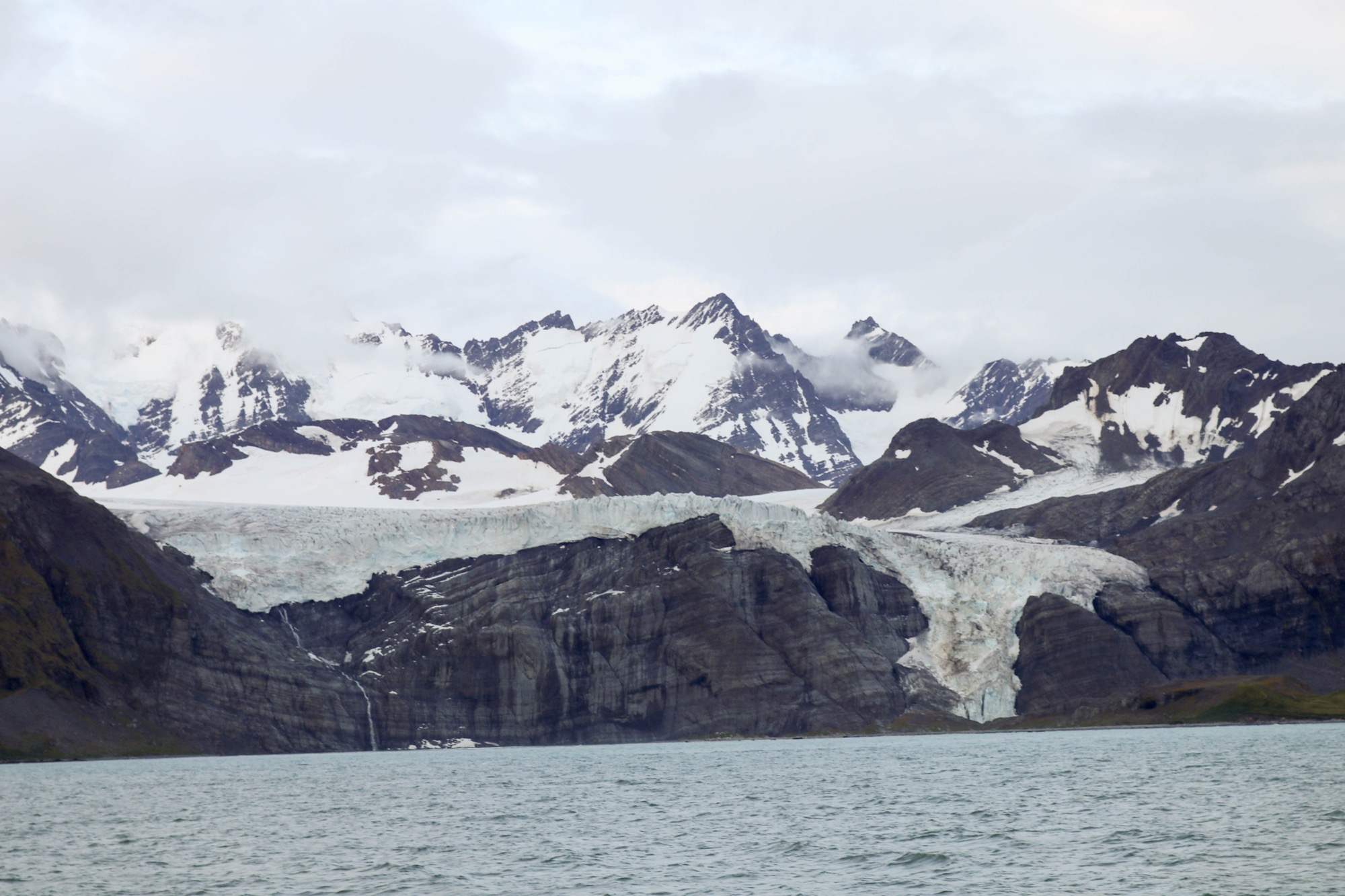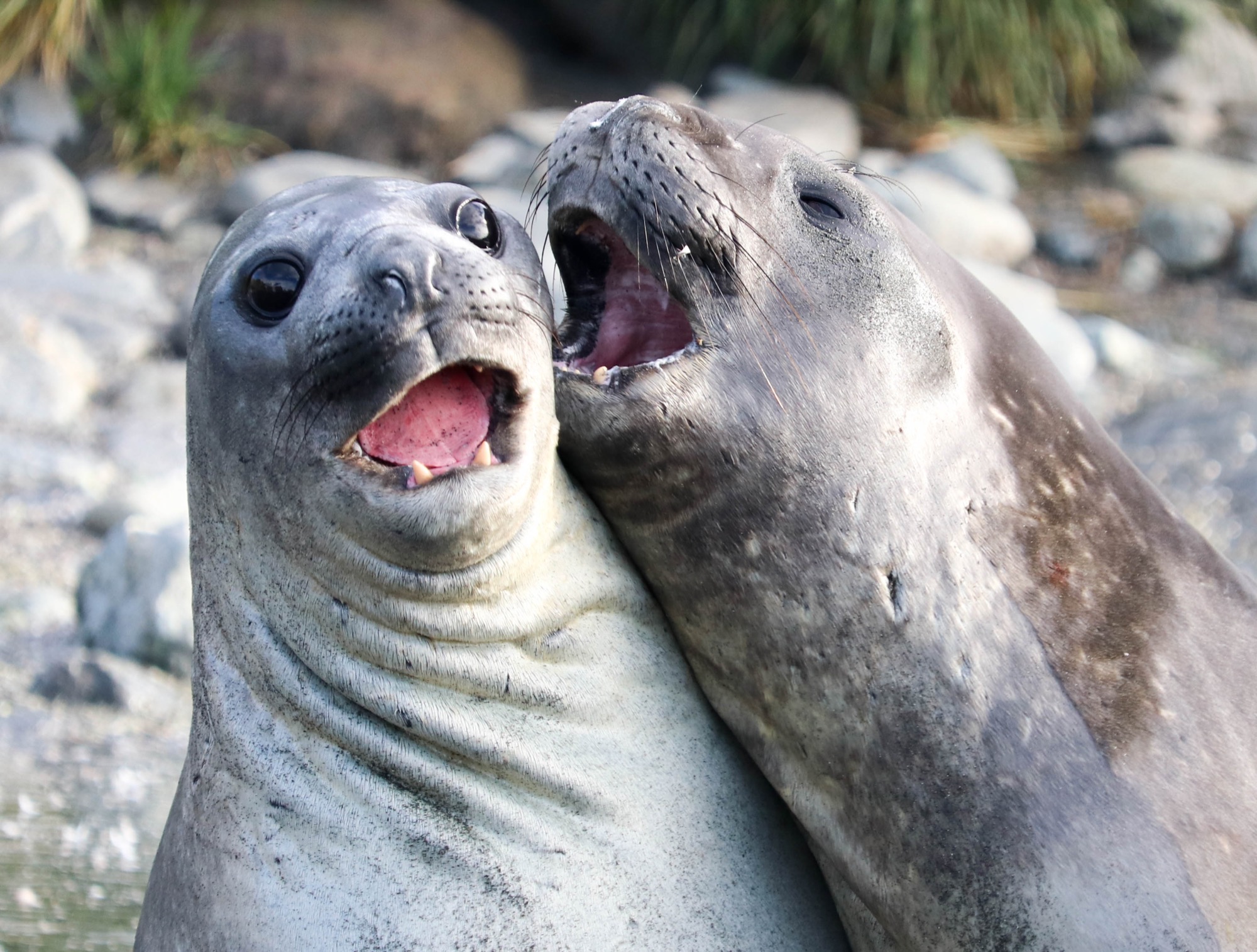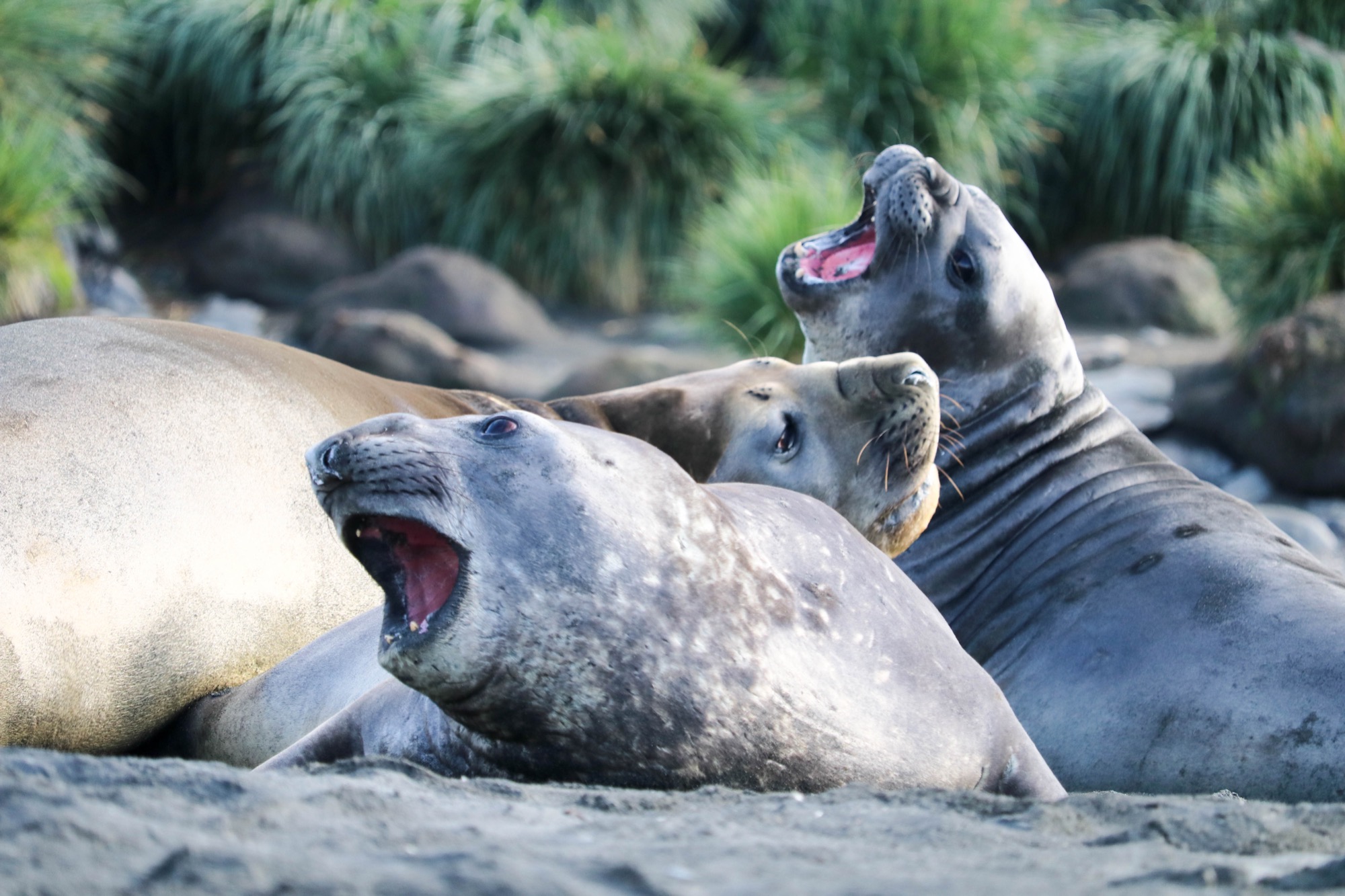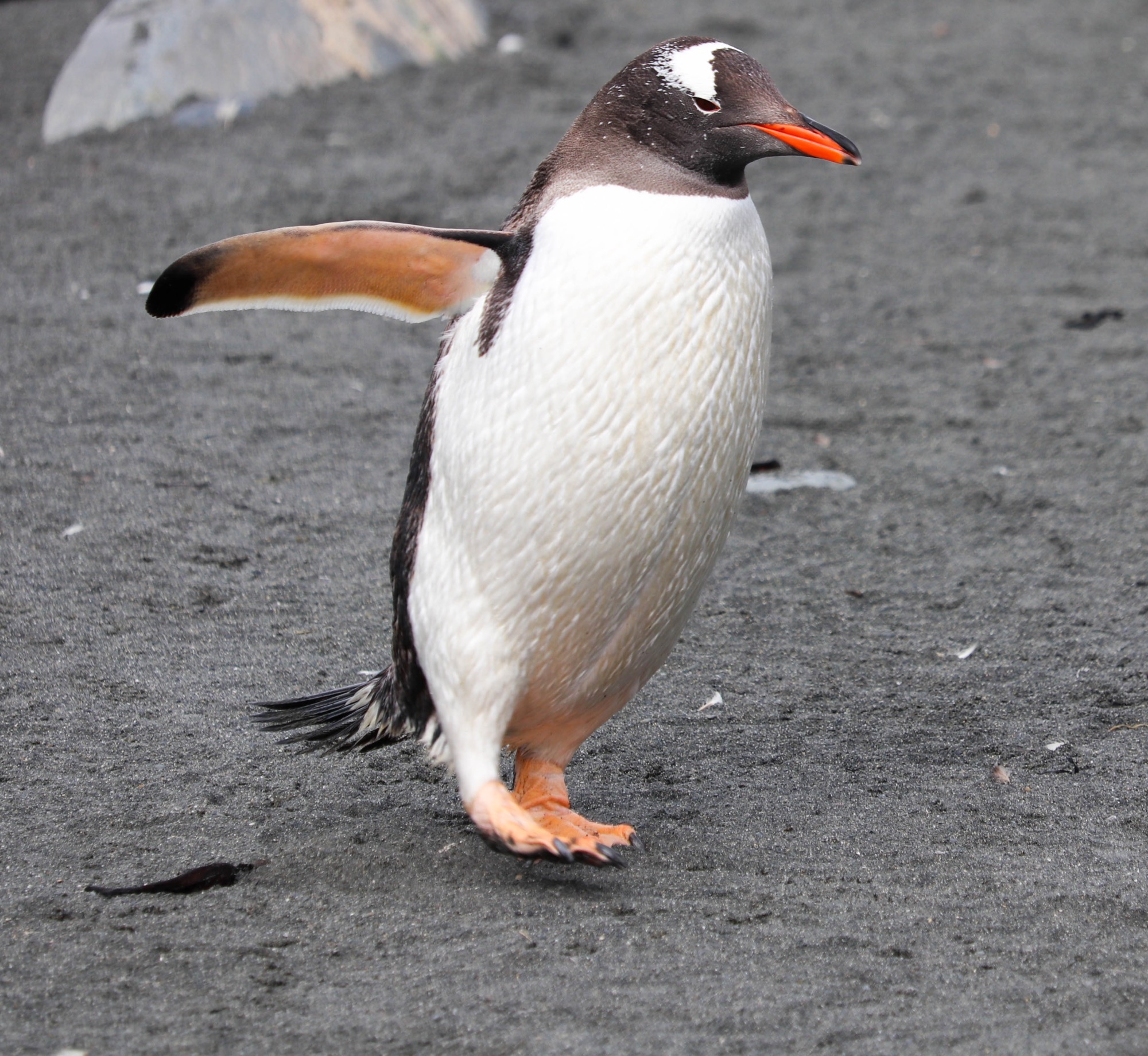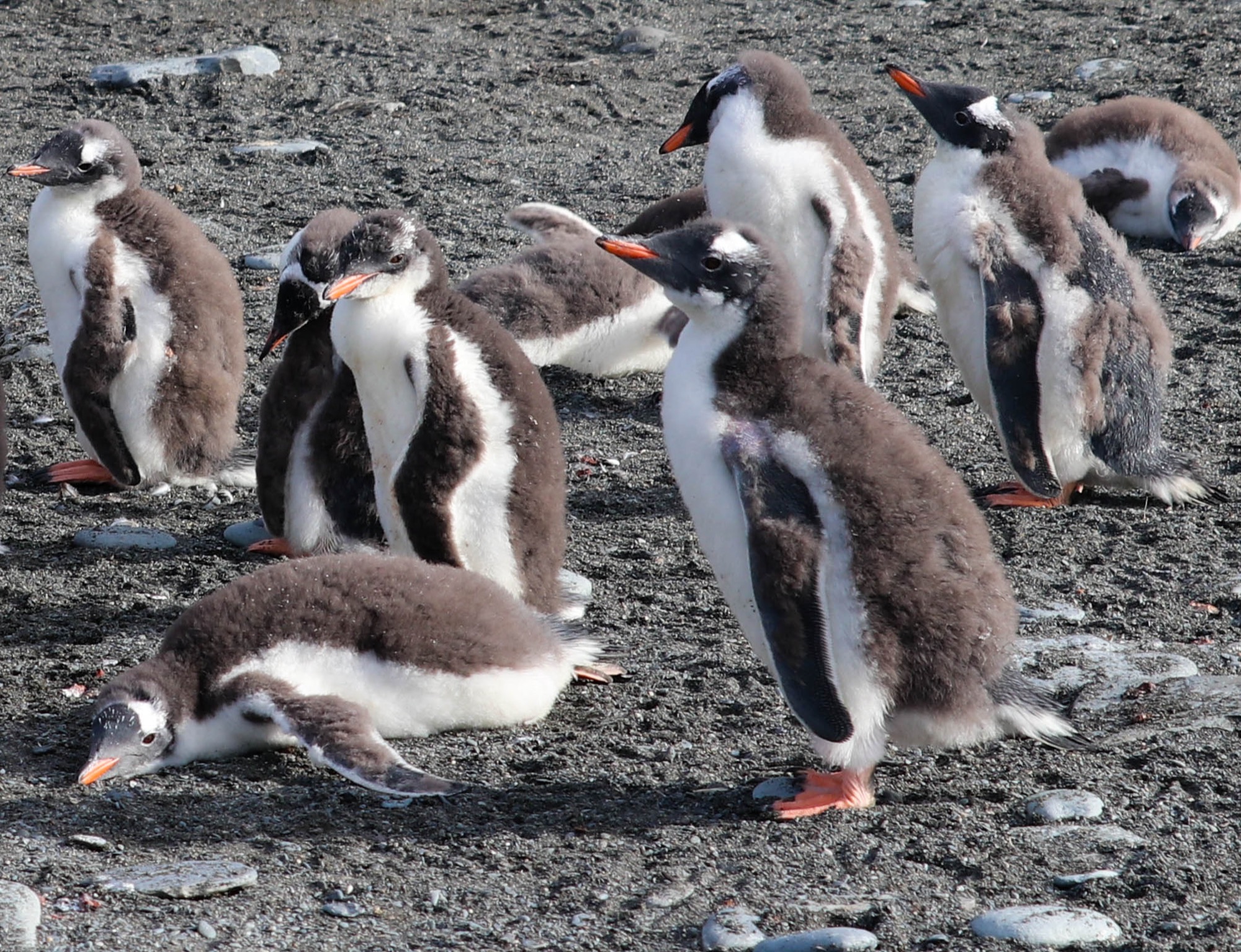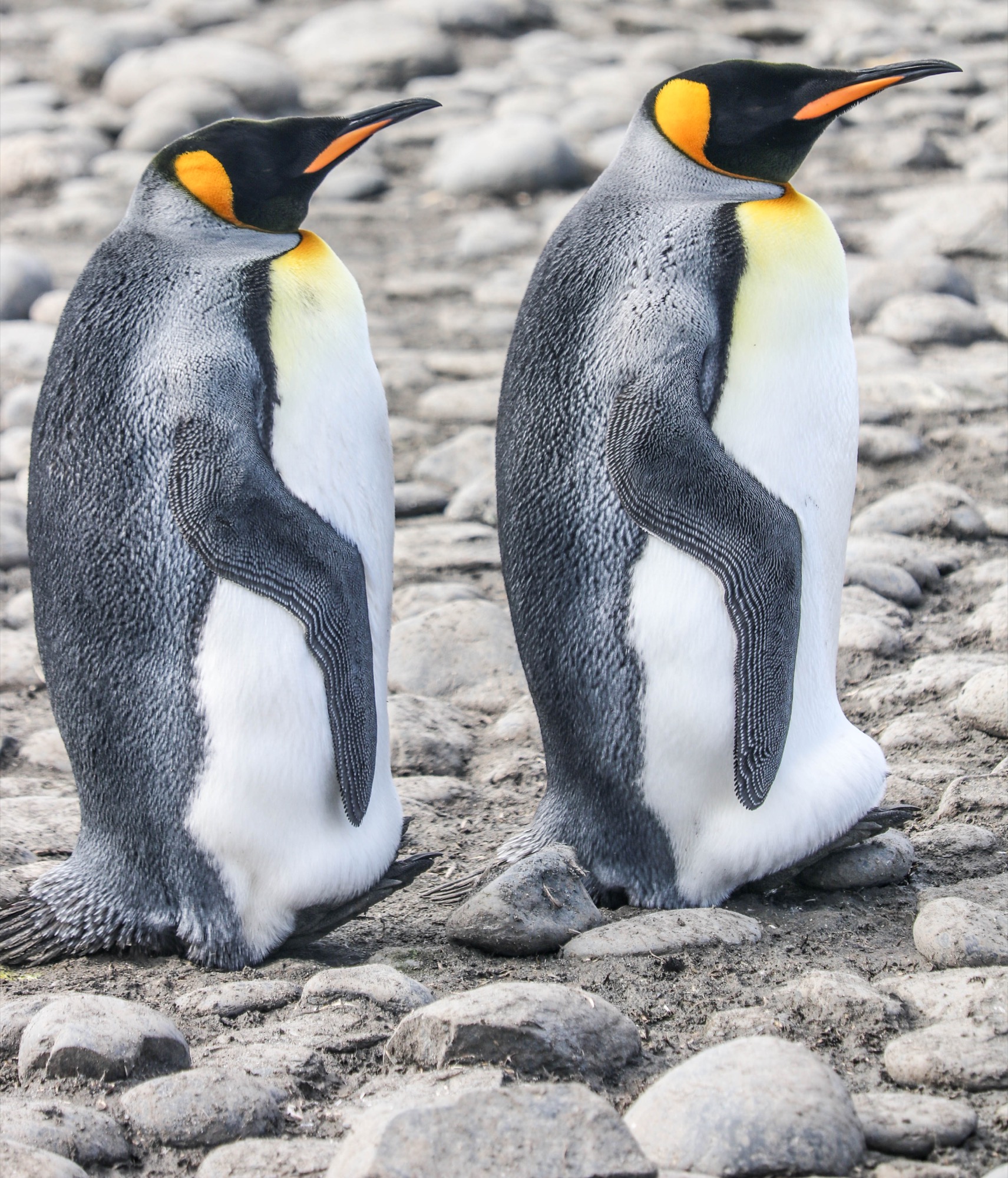Ernest Shackleton
Ernest Shackleton was a British explorer who led three expeditions in Antarctica between 1901 and 1917. He came back on a fourth expedition in 1921, but died from a heart attack. He is buried in the cemetery at Grytviken.
Early in the trip we both read the book "Endurance" which described the details of Shackleton's third expedition and all of the hardships that he and his crew faced while attempting to survive in the harsh Antarctic environment. It was a wonderful book and it gave us a great appreciation for all that we saw on our Antarctic adventure. At the cemetery, we were given the opportunity to toast this brave explorer.



